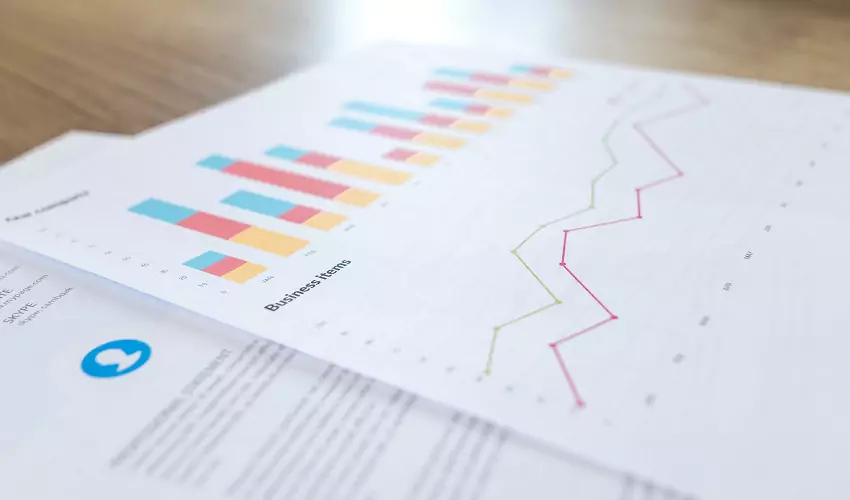A Turbulent Start to 2016

The beginning of the year has been a volatile one for the markets, sparking fear amongst investors and serving as a harbinger of possible things to come (for the rest of the year).
In fact, the volatility we have seen in January is not only normal, but long overdue. The third quarter pull back of 2015 was a return to a more normal market volatility, which we’ve witnessed since the 1920s, something that has generally been missing since the financial crisis over seven years ago.
As our third quarter Market Volatility chart (see below) showed, declines of at least 10 percent happen frequently, averaging once every 11 months. Year to date, while the S&P 500 has not yet eclipsed this, it has gotten close. From its last peak, however, it has declined beyond 10 percent.¹ Perhaps somewhat more worrying is that a market decline of at least 20 percent, which has occurred once every four years may be just around the corner. Because 20 percent represents a bear market (a market where the stock market declines over a period of time) investors’ concern has increased as the 2016 slide extends and grows longer.² The long recovery in the U.S., coupled with slowing economies, notably China, and divergent global monetary policies only add to the uncertainty. These alone have been the primary drivers of recent volatility.

The fourth quarter Drops and Finishes chart (see below) shows that as intra-year declines happen, even ones at the beginning of the year, markets more often than not finish the year positive. Even when they don’t, it is important to acknowledge that market volatility is a component of the stock market and that the stock market is a creator of wealth over not years, but decades. When markets go “on sale”, like today, it often serves as a good time to rebalance into equities. Diversification should help smooth the ride, but if fear does return to the markets, and the market drop continues, long-term investors would do best by making fear their friend. It is always the market recovery after the downturn that proves why.

- Wall Street Journal
- NFP – Retirement Division
- motleyfool.com. Obtained by analyzing daily data for the Dow Jones Industrial Average and S&P 500
- J.P. Morgan Asset Management’s 1st Quarter 2016 Guide to the Markets. Returns are based on price index only and do not include dividends. Intra-year drops refers to the largest market drops from a peak to a trough during the year. For illustrative purposed only. Returns shown are calendar year returns from 1980 to 2015.
~ Jeffrey Elvander, CFA, Chief Investment Officer=
About the Author, Jeffrey Elvander, CFA
As the head of the Investment department, Jeff focuses on investment theory, asset allocation, fund and manager research and analysis. He is also the wizard behind the firm’s proprietary Scorecard System™, a one-of-a-kind performance monitoring tool that delivers the quantitative and qualitative analytics for plan fiduciaries. Jeff’s highly disciplined approach delivers a consistently measured, calculated and careful analysis of reams of critical data. He is grounded in Modern Portfolio Theory, and has developed a strong foundation in post-modern behavioral finance. Prior to joining the firm in 2003, Jeff’s career highpoints included positions with Barclays Global Investors and Trust Company of the West, where he was an assistant vice president working on comprehensive asset allocation models in the portfolio analytics group. In total, he offers more than 20 years’ experience in the financial services field. Jeff is a CFA® charterholder and has passed the following FINRA exams: Series 7 (General Securities Representative) and 63 (Uniform Securities Agent State Law Exam). He is a past president and board member of the CFA Society of Orange County. A graduate of the University of California at Santa Barbara, Jeff earned a B.A. in business economics and a Master’s in business administration from Pepperdine.
NFPR-2016-14 ACR#173059 02/16



